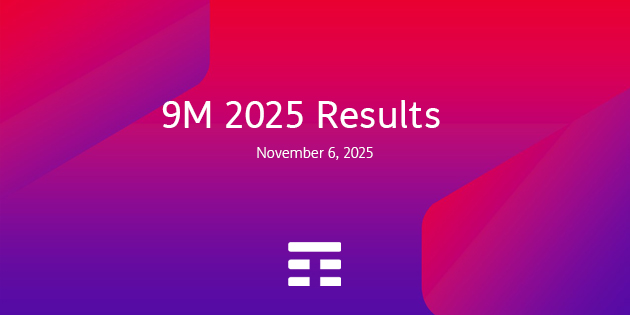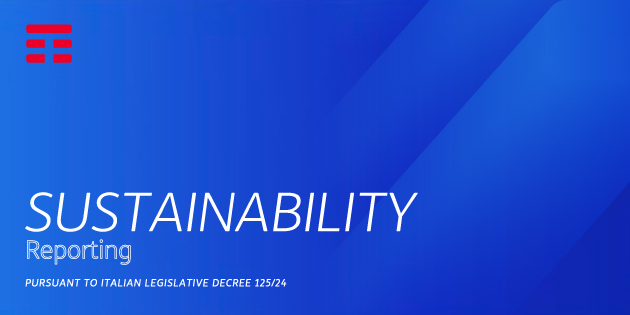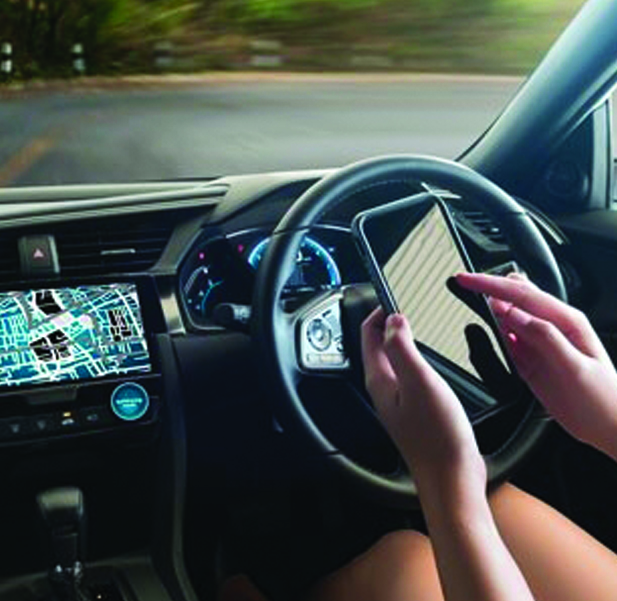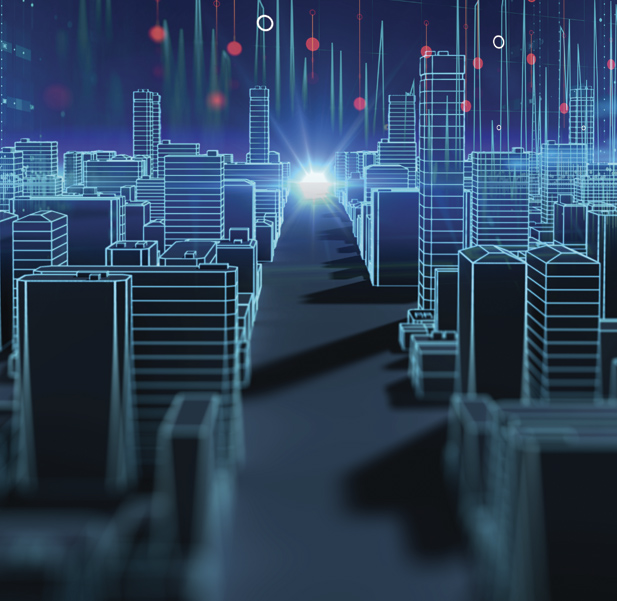5G is here and the mobile world is ready for an evolutionary leap, which will enable the Internet of Things to deploy its full potential and give life to a new phase in the digital transformation. With the new generation of data transmission, everything will be connected to the internet: in addition to smartphones, tablets and smartwatches, there will be smart fridges, connected cameras, smart traffic lights and drones, house alarms, thermostats and lighting. As such, a real Internet of (every)thing can come to life.
According to the latest report by the GSMA (an association that includes over 800 operators), the number of devices connected to the internet will triple by 2025, reaching 25 billion. By the same year, about 30% of connections in Europe and China will be 5G, a figure that could reach up to 50% in the United States. All of this will add $ 2.2 trillion to the global economy; due to the impact of this new technology on the world of services, business, manufacturing and much more.
This genuine revolution will happen, thanks to the speed of 5G networks (20 gigabits per second per cell, with an average per user of at least 1 gigabit), and also to the very low latency - the waiting time for the connection between two devices - which will change from current rates of 20 milliseconds to about 1 millisecond, making communications truly instantaneous. In practice, these features will make it possible for communication between self-driving cars, the deployment of swarms of agricultural drones or the remote control of robots that can perform surgical operations.
Science fiction? Not quite. TIM and the Municipality of Turin recently announced the launch of a 5G network with connected drones, the first in Europe. They will be able to monitor the city's rivers (to take preventative measures and avoid or reduce the risk of future flooding), to check the infrastructure of city monuments and plan any necessary restorations, and to monitor city parks to ensure greater safety for citizens. The new generation of data transmission can process and manage an immense amount of data, enabling drones to send images and footage of the highest quality to a control centre, which can plan any necessary work and optimise all management processes.
TIM's 5G coverage and offers
TIM has reached over 90% coverage with 5G in Milan.
5G TIM is already available in many other cities, with services for citizens and businesses at a speed of up to 2 Gigabits per second: Rome, Turin, Florence, Naples, Ferrara, Bologna, Genoa, Sanremo and Brescia. Monza will be the first Formula One european racetrack connected in 5G, alongside with some tourist resorts such as Cortina d'Ampezzo, Livigno and Selva di Val Gardena.
By 2021 we will cover the main cities, tourist destinations and industrial districts with 5G. The entire national 5G coverage is expected for the year 2025. Many municipalities will benefit from 5G by making use of super-fast connections thanks to the FWA (Fixed Wireless Access) solution.
We also launched commercial offers and signed partnerships with industry players to make the new 5G smartphones available on the market, together with offers dedicated to consumer and business customers (TIM Advance 5G and TIM Advance 5G Unlimited for consumer customers, TIM Young 5G for under 30, TIM Deluxe XL and TIM Deluxe Unlimited for business customers).
A smarter world
In 5G applications TIM has already made news with numerous firsts. We were the first operator to activate a 5G antenna in Italy on millimeter waves, the first to cover the entire Republic of San Marino in 5G and the first in Europe, in collaboration with the Municipality of Turin, to have networked a fleet of drones aimed at monitoring the territory, city rivers, artistic monuments and municipal parks.
One of the main sectors for this transformation is mobility. As TIM demonstrated with its Smart Roads project (again, in collaboration with the Municipality of Turin), with 5G, it will be possible to place sensors on pedestrian crossings which communicate the presence of a pedestrian to nearby vehicles. Units placed on all vehicles can communicate their relative position to a cyclist's smartwatch or an in-car display. Other tools, like the Urban Georeferenced Alert, can provide information relating to road works, traffic queues and slow moving traffic amongst other things, ensuring more fluid and safer flows of traffic. In addition, the future evolution of these tools will play a crucial role in the advent of self-driving cars, which will need 5G technologies to communicate to each other in real time and in a reliable way.
That's not all: thanks to the new generation of digital communications, smart cities will become a reality. Lamp posts will be able to report faults autonomously and optimise energy usage based on needs. Recycling bins will communicate when they need to be emptied, enabling more efficient work. Traffic lights will manage the flow of vehicles according to traffic conditions. Monuments will be enriched with digital information which will be displayed using augmented reality.
But the revolution will go beyond cities. 5G will become the fabric of an entire ecosystem of sensors and connected devices, which will also transform the business world. This is, of course, a reference to Industry 4.0. Machines in factory production chains will be connected and able to communicate with each other, minimising waste and malfunctions, whilst providing big data for real time analysis.
5G will also make remote surgery possible, it will enable doctors to remotely control robots that will physically perform the operation. This will enable very delicate operations to be performed in remote parts of the world. It will also revolutionise emergency medicine, for example, performing remote operations in ambulances.
The new technologies will further advance precision agriculture. In fact, it will be possible to use drones for agricultural purposes, so that fertilisers are only spread in areas where they are needed (reducing the use of pesticides by 85%). By organising themselves into drone swarms which can communicate with each other, they can monitor cultivated fields with high definition cameras and detect the presence of weeds using artificial vision algorithms.
The Internet of Skills
If you look into the future, the best is yet to come. Mischa Dohler, professor of Wireless Communications at King's College London, predicts that 5G will create a new infrastructure, moving us from the Internet of Things to the Internet of Skills: a process which is made possible by augmented reality, robotics and tactile technologies (which digitally recreate the sensation of touch). "This innovation will be able to democratise work in the same way that the internet has democratised information and knowledge," explained Dohler in a lecture. “So, if some infrastructure collapses in a remote part of the world in the future, it will no longer be necessary to send a team of engineers; instead, it will be possible to control robots that will remotely repair what is broken."
That's not all: it will also be possible to learn to play the piano remotely, as if the teacher was beside the student, guiding his hands. Maybe it isn't necessary to give so many examples. By definition, the internet is capable of transforming anything; in the same way, the Internet of Skills and 5G will make it possible to do anything related to touch or muscle movement from a distance.
These are the reasons why 5G doesn't just represent a step forward, but a real revolution. It's the most important digital innovation since the invention of the web and promises to make the world around us more sustainable, more efficient and safer. In a word: smarter.







